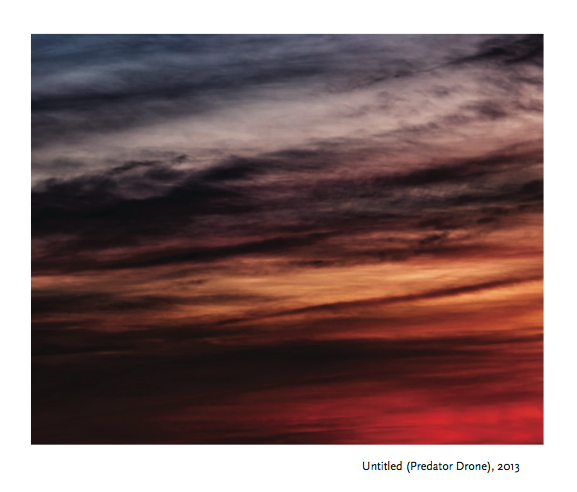 A preview of a remarkable website from the Deathscapes Project directed by Suvendrini Perera and Joseph Pugliese:
A preview of a remarkable website from the Deathscapes Project directed by Suvendrini Perera and Joseph Pugliese:
With the ultimate aim of ending deaths in custody, the Deathscapes project maps the sites and distributions of custodial deaths in locations such as police cells, prisons and immigration detention centres, working across the settler states of Australia, the US and Canada, as well as the UK/EU as historical sites of origin for these settler colonial states.
It presents new understandings of the practices and technologies, both global and domestic, that enable state violence against racialized groups in settler states. Within the violent frame of the settler colonial state, centred on Indigenous deaths as a form of ongoing clearing of the land, the deaths of other racialized bodies within the nation and at its borders–including Black, migrant and refugee deaths–reaffirm the assertion of settler sovereignty.
To focus on Indigenous deaths and other racialized deaths is not to collapse the differences between racialized groups, or to ignore the presence of other racialized populations in these states, but to address some of the shared strategies, policies, practices and rationales of state violence deployed in the management of these separate categories.
We situate deaths in custody within the shared contexts and interrelated practices of the settler state as they are embedded within contemporary global structures. By working across the major Anglophone settler states, as well as the United Kingdom and European Union, the project seeks to move away from the nation as the primary analytical unit to consider forms of governance and social relations that are transnationally linked.
The project adopts a transnational and cross-disciplinary approach to racialized state violence, mapping racialized deaths in custody in all their visual, analytical and geographical dimensions.
Deathscapes seeks to ‘humanise what has been dehumanised’ by incorporating the aesthetic as part of the infrastructure of the site. The artworks on the site offer testimony of what otherwise would remain unsaid and unrepresented; they offer graphic examples of acts of protest and resistance; they instantiate agency in contexts in which it is often so brutally denied; they amplify, through their visual languages, the key analytical and political concerns articulated in the various case studies of racialised deaths. More on the aesthetics of the site can be accessed here. Notes on teaching with the Deathscapes site can be accessed here.
And you can follow the project on twitter here.


